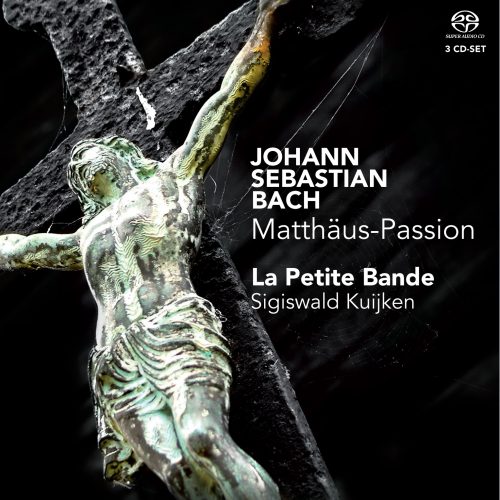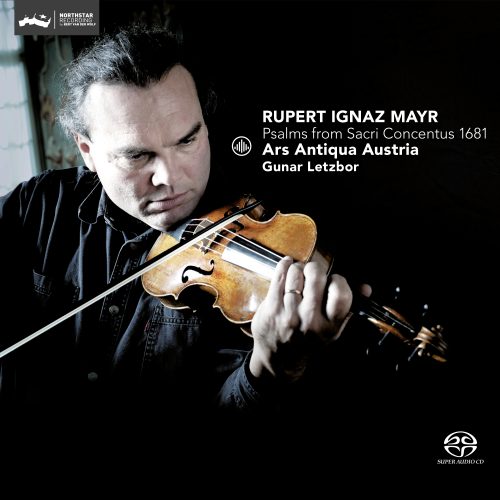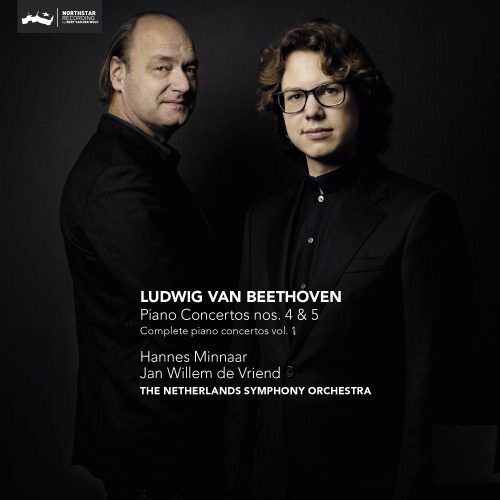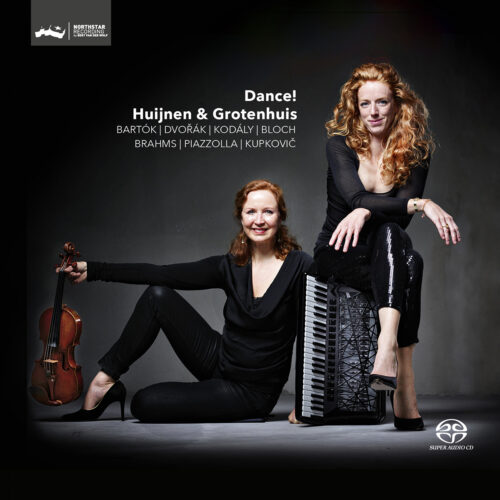Sigiswald Kuijken is intimately acquainted with the St. Matthew Passion. His fascination with the work was inspired back in the 1950s by a number of traditional performances. Kuijken has performed the passion around the world with his ensemble La Petite Bande. Twenty years ago, La Petite Bande (with Kuijken as leader and Gustav Leonhardt as conductor) released its first recording of the passion. The performance had soloists, a chamber choir and an instrumental ensemble adapted to the setting. Kuijken’s views on performance practice in the piece have since evolved radically. Groundbreaking musicological work in recent decades has brought him to performing the passion with a drastically reduced ensemble and no conductor. There is no “choir” in the usual sense of the word; the choir is composed of just the soloists without additional singers. And a lone soprano replaces the boys’ choir. Opinion on this approach has been and remains divided. But Kuijken certainly had his reasons for making the changes.
To what do we owe the St. Matthew Passion even today usually being performed by immense choirs and orchestras? “For that we have to look back to the 19th century. It was then that Felix Mendelssohn became so enthralled with the music of Bach that he wanted to perform, among other things, the St. Matthew Passion. Theatricalism and grandiose forces fit perfectly with the 19th century Romantic spirit. Composers at the time did nothing so gladly as arranging Bach’s music and adapting it to their personal taste. Later, even Arnold Schoenberg ventured into Bach’s music. He arranged a number of Bach’s organ works for large orchestra; he was convinced that this was the ideal way to ensure that they would survive in the 20th century.”
Tracklist
Please note that the below previews are loaded as 44.1 kHz / 16 bit.Total time: 02:37:05
Additional information
| Label | |
|---|---|
| SKU | CC72357 |
| Qualities | |
| Channels | 2ch Stereo, 5 Channel Surround Sound, 2ch Stereo & 5ch Surround |
| Artists | |
| Composers | |
| Genres | |
| Digital Converters | DCS |
| Cables | Siltech |
| Conductors | |
| Original Recording Format | |
| Recording Software | Pyramix |
| Microphones | Sonodore |
| Producer | Bert van der Wolf |
| Recording Engineer | Bert van der wolf, Fir Suidema |
| Recording location | Predikherenkerk, Leuven Belgium |
| Recording Type & Bit Rate | DSD64 |
| Instruments | Bass violin, Recorder, Traverso, Viola da gamba, Oboe, Organ, Viola, Violin, Vocal Group |
| Release Date | September 15, 2014 |
Press reviews
Positive Feedback
This is a magnificent and transparent recording. And it is very different than the ground-breaking recording of 20 years earlier when Kuijken was concert master, Gustav Leonhardt was conductor, and Rene Jacobs sang the alto, and the performance sported a full choir. Here, no separate choir. No counter-tenor. Kuijken leads from his position in the ensemble as first violin. Instead of a choir, the soloists sing together as needed. The ensemble is stripped down to the bare essentials—this is no monumental 19th century performance…
Kuijken’s approach was fairly radical even as late as 2010. But it all works. It has clarity, it has precision—like a surgeon’s scalpel. Sliced away is all the added fluff. In its place is a purity of voice and sound that is more like madrigal singing, not choral singing. It also has a direct intensity with just the individual voices that performances using larger forces miss. I like it. I feel refreshed by it, and deeply moved listening to it.
Recorded 5-9 April 2009, at Predikherenkerk, Leuven, Belgium, we once again hear that delightful natural acoustic reverberation coupled with in Bert van der Wolf’s iconic balancing of reverberant and direct sound.
Only logged in customers who have purchased this product may leave a review.






Reviews
There are no reviews yet.